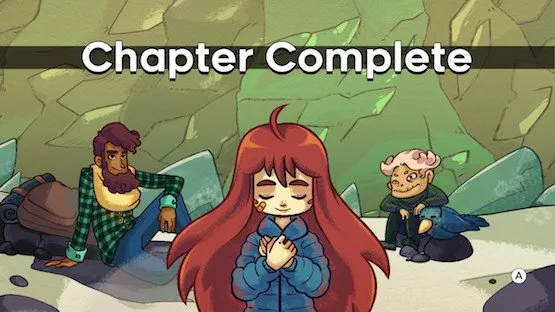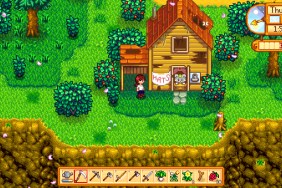Depression and anxiety aren’t uncommon today. Around 7% of US citizens are suffering from major depressive disorder alone. I’m part of that statistic. I see the world in a different light than I did when I was younger. For starters, I have a better taste in music, but more importantly, things send me into a depressive mood much more easily. This includes challenging platformers. As a high schooler, I loved playing Super Meat Boy and 1,001 Spikes late into the night. I thrived on that masocore challenge. Now, it feels like these games are laughing at my failures and kicking me while I’m down. That’s not exactly a feeling I want to experience in my spare time.
Enter Celeste, which at first glance, looks like another apple on the tree. It’s made by the same developer as Towerfall Ascension (Matt Thorson), who has a history of crafting niche, arduous platformers. However, Celeste’s tone is a much-needed departure from the titles that paved the current “tough-guy” gaming scene. Instead of chiding you as you hop betwixt spikes and across pits, the experience encourages you.
Celeste begins with an onslaught of challenging levels. Countless lives are thrown to the wind as the protagonist, Madeline, meets her untimely demise over and over. Yet each time, Madeline dusts herself off and tries again. We learn early on that she suffers from depression and is climbing Celeste Mountain to try to overcome her illness. She has something to prove.
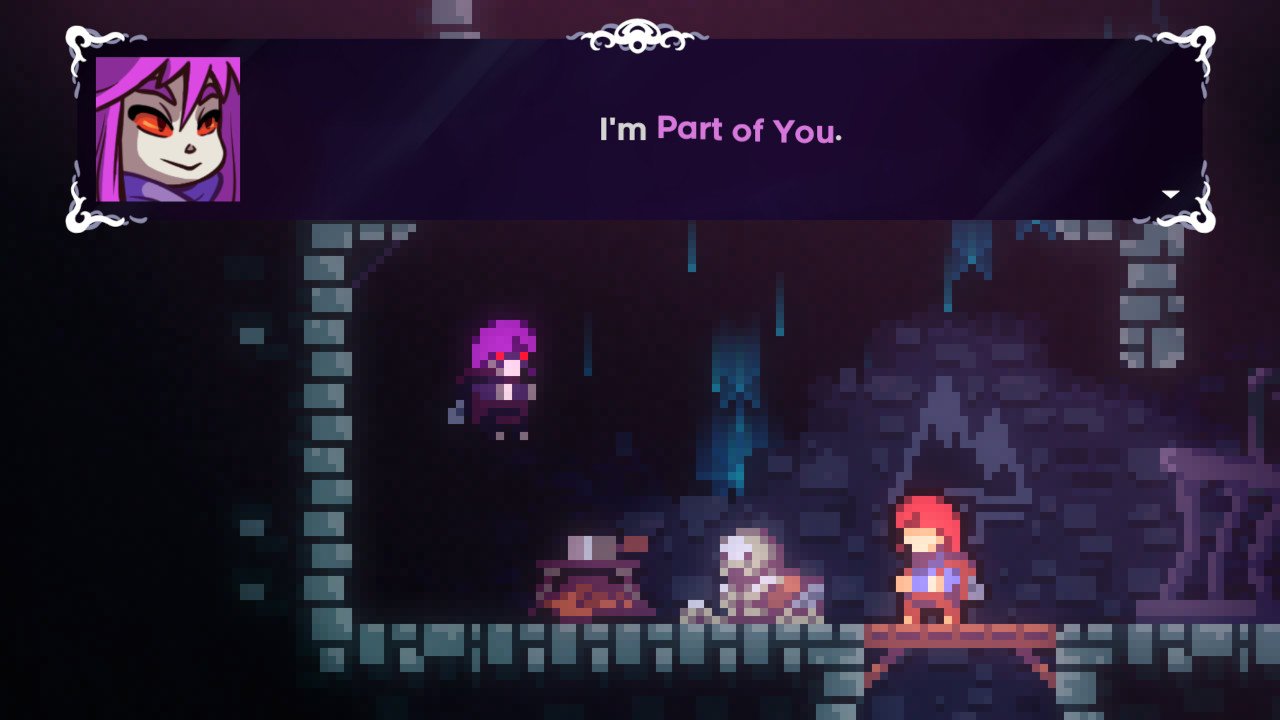
Teaching Lessons
Every single spike in that first level feels like an aspect from my real life. Early on, I hit a pattern that I simply couldn’t maneuver. I kept throwing myself at it repeatedly, never adjusting my approach, until I was tired of the game being “impossible.” This wasn’t an unfamiliar feeling, as I have many a day where I lie in bed, searching my mind for a smart approach with which to begin a capstone project or research essay. No opportunities jump at me, and as a result, I tend to focus on the same angle repeatedly. Yet that angle never seems to spur my motivation or lead where I need it to. Doing homework feels impossible.
This is Celeste’s first lesson: switch your approach. Often, the situation feels insurmountable because I’m looking from the wrong angle. I’m hitting the jump the wrong way or overlooking a convenient ledge. It’s easy to get so overwhelmed and in my own head that the road ahead becomes obfuscated. Sometimes it takes a simple look from an open mind to see the correct path forward. It helps that each screen in Celeste serves as a new checkpoint. It’s easy to take my troubles one step at a time, since I respawn mere pixels away.
Celeste also reminded me of the importance of my mistakes. “Be proud of your Death Count,” it states. “The more you die, the more you’re learning. Keep going!” Constant perceived failure can be taxing on the soul. If I haven’t been productive, got a low score on a test, or can’t maneuver Celeste’s traps deftly enough, a dark cloud descends quickly on my mind. It’s important to remember that these failures are necessary, though. Perhaps the creative dry spell will bring about reflection and lead to the greatest thing I’ve ever done, whereas constant productivity would have left me worn out. I won’t go as far as saying everything happens for an explicit reason, but sometimes we have the power to give meaning to our meaningless flaws. This is a chance to rewrite the story as the failure in this level could propel my success in the next one. I try not to dwell on it.
It’s much easier said than done, though. As Celeste and life both carry on, the failures pile up. There was one jump I know I landed by luck, and it haunts me knowing that I won’t be able to make it again. I had over 400 deaths on one level – obviously the next one will be tougher, right? Is it all worth it?
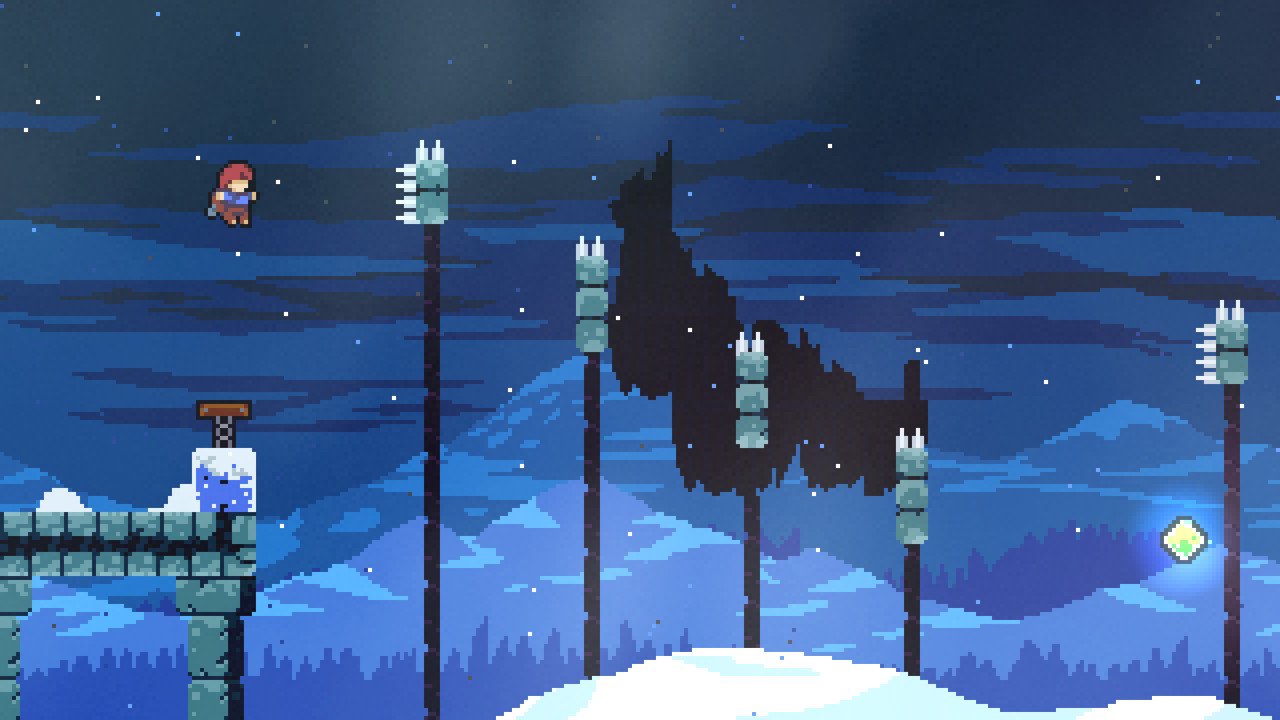
The greatest teaching Celeste offers is one of mindfulness and acceptance. As Madeline wrestles with the evil “Part of Her,” she continually tries to shut it away. When it attacks, she focuses on a feather and meditates, hoping to fight back. She thinks that her fear, sadness, and failure can simply go away. She thinks she can be cured.
All at once, Celeste’s climax hits. I was expecting Madeline to cast aside her evil self and continue her valiant trek up the mountain of life. However, she doesn’t. She’s hindered by her own mind every step of the way, but finally learns to accept her anxiety. It’s not going away. The best she can do is embrace the dark Part of Her, console it, and work with it to be a better Madeline.
It’s a metaphor that seems hokey to anyone that hasn’t struggled with mental illness, but it almost brought me to tears. I can’t get rid of this. I’ll always have days where I’m trapped in my mind and can’t leave my bed. But dear God, I can embrace and lessen my illness.
For years, I thought that simply taking a pill could make it all go away. When a medication didn’t work fully, I got scared and moved to another. That’s not how mental illness operates. As hard as it is to say, I’ll never be cured of my anxiety and depression. Yet as Madeline came to terms with the dark Part of Her, I slowly understood the mirrored side of myself. Madeline’s journey continues, and she realizes her anxious clone isn’t evil, just afraid and confused. I feel the same, and I will survive.
One Self
Since accepting my condition, I’ve been working through Celeste’s lessons as need be. Some days I lose the motivation to socialize, so I step back, take a deep breath, and meditate for ten minutes – just as I would do when presented with a tough platforming section. It re-centers my mood and stops invading thoughts about my past or future. Other times, something goes horribly wrong at work, and I’ll be stressed out while looking for a solution. Where I once would allow my anxiety to thrash for hours, I now look for a better solution to my problem and remind myself that I’ll be fine at the end of the day. I’ve missed a “convenient ledge” somewhere in this mess, but it’s time to compose my thoughts and take it one step at a time.
However, on other days, my past catches up to me. I lament on stupid high school choices or a prolonged lack of productivity. For a quick fifteen minutes, I feel self-pity. Then I force myself to meditate and recognize that these failures are not “me.” These mistakes were an extension of me at one point in time, but they’re not who I am now. They were dumb paths I took in the first or second level of the game, and I’ve since learned much better tactics. They were failures, of course, but they do not define my journey. I can make up for lost time.
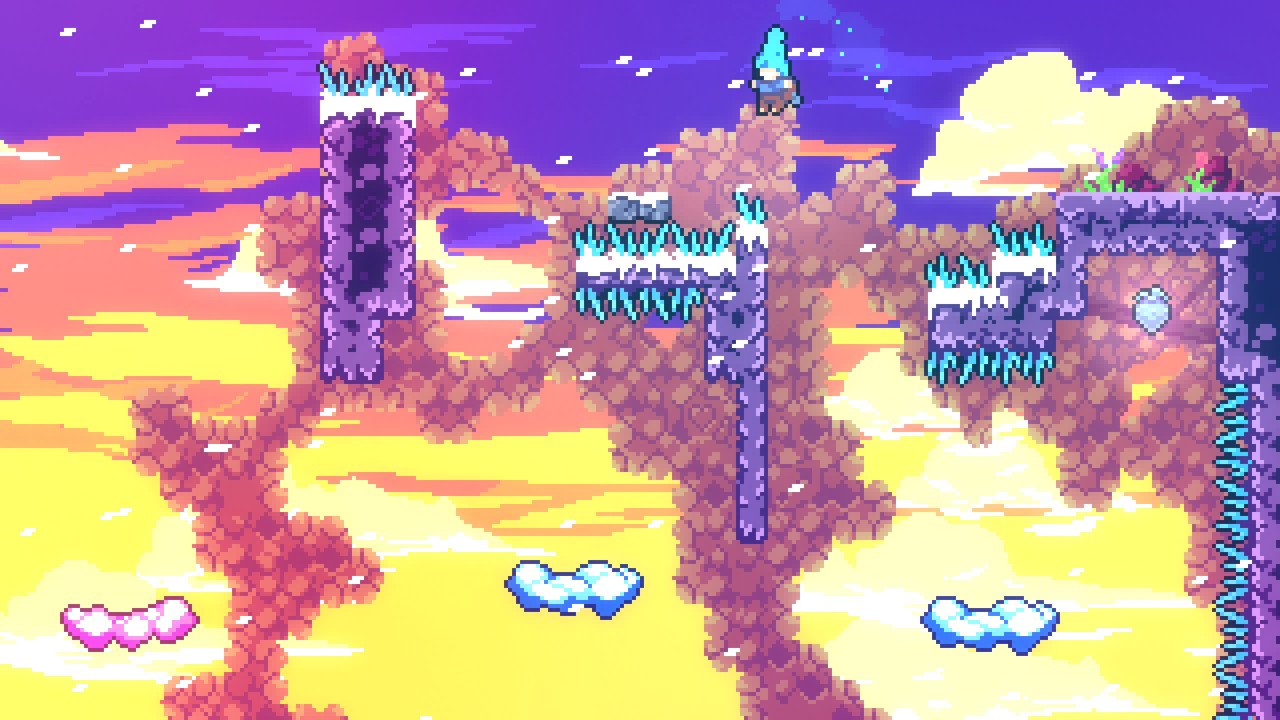
Celeste provides small reminders of a stressful daily life and offers some tools with which to power through them. But the largest role it serves is to help you accept yourself and your mind. Before Celeste, I felt embarrassed and ashamed to admit I mentally anguished on the daily. I battled with the mere thought of the illness, alongside the illness itself. The two fed off each other and grew into something awful. But I’m fighting it, little by little. I can’t live anxiety-free, but I can whittle it down as much as possible and use the remains to push me to grander heights. I’m meditating and refocusing myself. I’ve got plans to exercise and go to counseling in the next few weeks. Both of those used to terrify me, but Celeste helped me realize both are necessary for a healthy embrace.
Partway through Celeste, Madeline discusses her anxiety and depression with a fellow climber, Theo. “It sucks,” she states. “I’m at the bottom of the ocean. I can’t see anything in any direction. It’s claustrophobic, yet I feel exposed.” While an apt description, I’ve got one as well: it’s like climbing a mountain. It can seem insurmountable, but once you understand the mountain, accept its danger, and arm yourself with the right tools, it’s a climb you can make.
Dylan Bishop is a freelancer that loves indie games, unique mechanics, and goofy anime tropes. You can follow him on Twitter.
